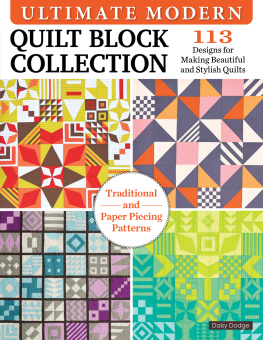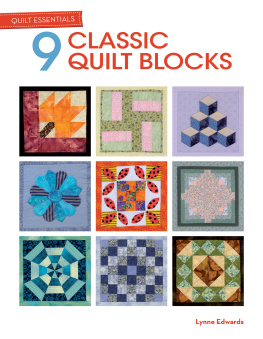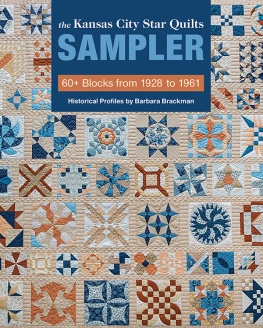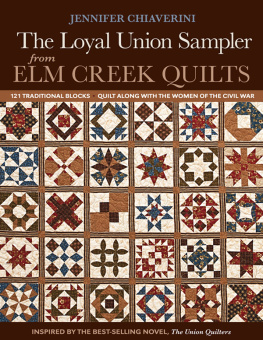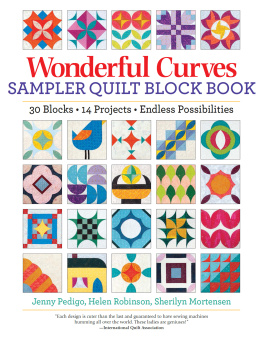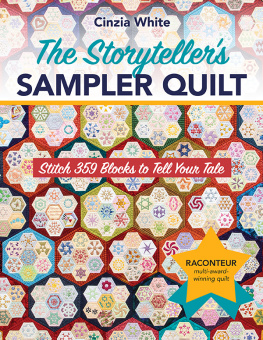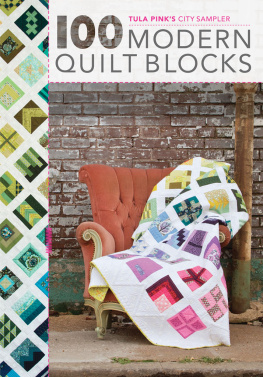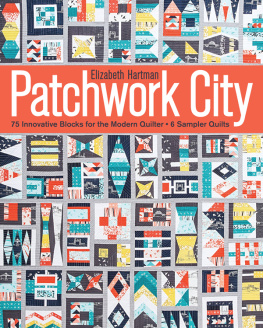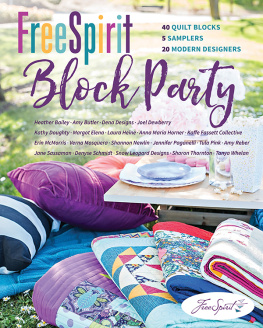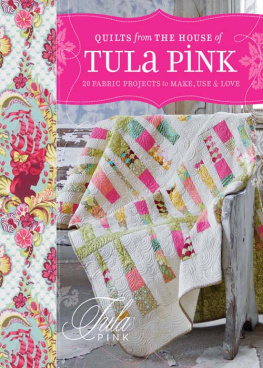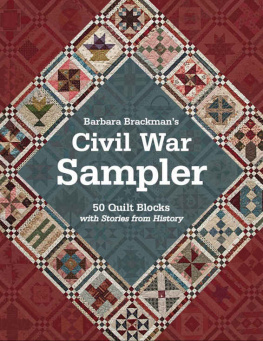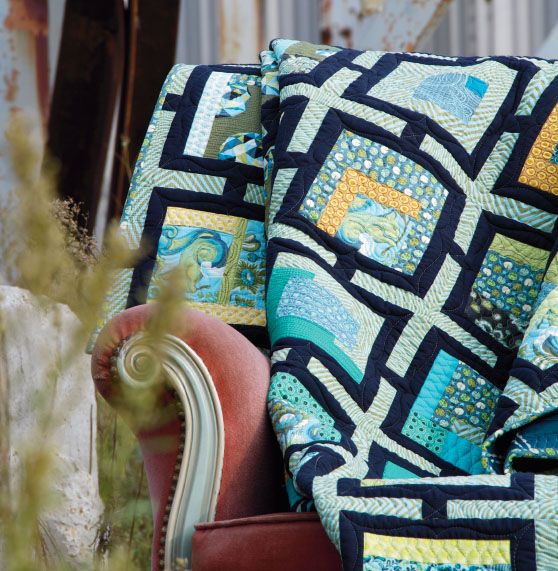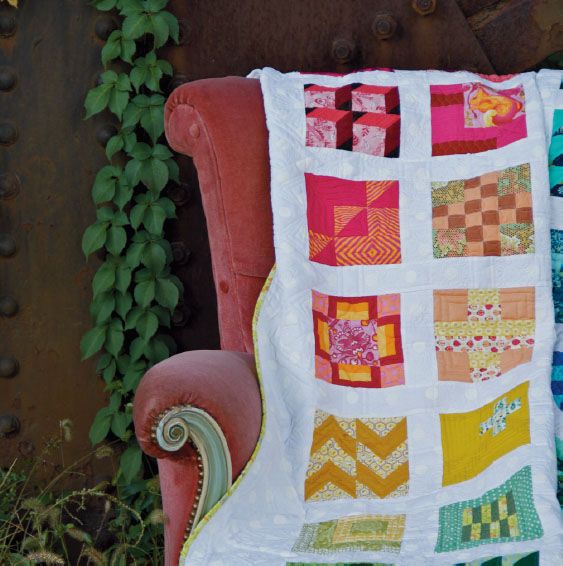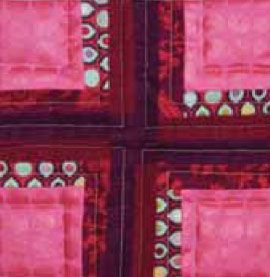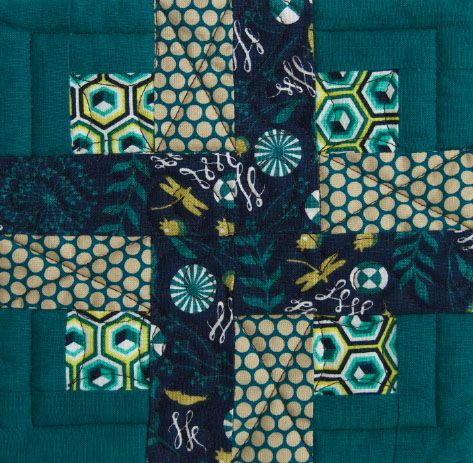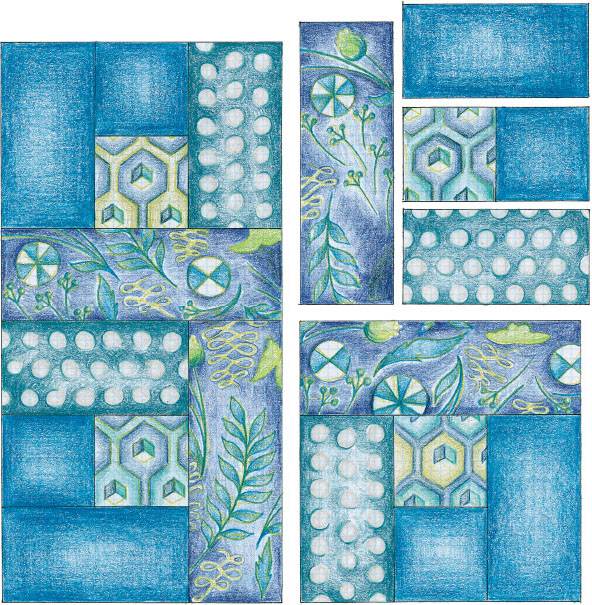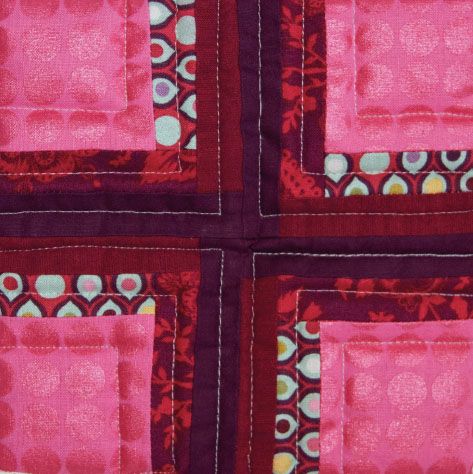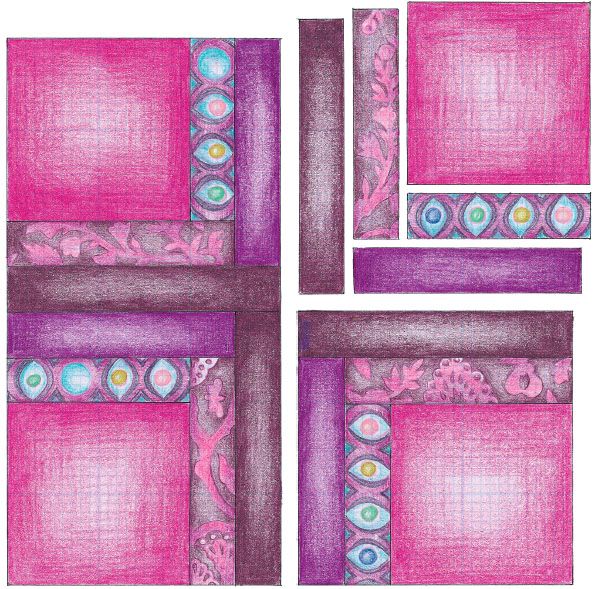TULA PINKS CITY SAMPLER
100 Modern Quilt Blocks
Cincinnati, Ohio
Table of Contents
Introduction
We are in a new era of quilting. There has been an infusion of first generation sewers that is unlike anything anyone anticipated.
This may mean that many of you, like me, do not come from a long line of quilters. The art of quilting may not have been passed down through the generations. You may not have a closet full of vintage quilts made by family members who have long since passed away.
I know I dont have these things. I envy those who have a closet full of stories, a treasure trove of family history to warm them in the winter or to use as picnic blankets in the summer. I can cry about it and curse my grandmother for loving shopping more than making, or I can begin to make my own history. I can tell the story of my world the way it is now and pass that down my own little branch of the family tree.
Traditionally, sampler quilts are narratives. They tell the story of a movement or a relationship or a period of time. They tell the stories of battles fought and freedom won. In essence, they are a collection of like things. When we re-create one of these sampler quilts, we are telling someone elses story or, more often, simply re-creating a theme in the style of the past.
I love these antique quilts. They are beautiful and intricate, and they are what initially drew me to quilting. The problem that I have when I sit down to make one of these quilts is that they dont tell my story. I have a visual connection to them but not an emotional one. This book intends to rectify that for those who feel the same as I do.
You will notice in the following pages that the blocks are not named but simply numbered. This is intentional. I may have designed the blocks and given you the instructions on what to cut and where to stitch, but I have not infused the blocks with any meaning. This is your quilt. The fabrics that you choose, the colors that you use and why you are making it are what will give the quilt a purpose. Name your blocks, write in the margins, cross out the ones you dont like, draw hearts around the ones that you love. In a perfect world, everyones book would end up looking like a journal, coffee stains and all. The more adventurous ones might rename the book and write their own introduction. Tula Pinks City Sampler is a collaboration between you and me. I am the platform and you are the speaker, so stand on my shoulders and tell the future who you are and why you make.
In the end, it all comes down to this: Making something again is easy, making something new is brave and making something personal is essential.
Tula Pink
CHAPTER ONE
The Blocks
Quilting is about using simple shapes to create new and more intricate shapes and patterns. This means that there are many ways to build a quilt block, and experimenting with the available options is half the fun. Each of the following sections will focus on a particular shape that you will use to build your blocks. This will allow you to explore a few of these infinite possibilities while keeping the piecing as simple as possible.
All blocks will measure 612" (16.5cm) when unfinished and 6" (15.2cm) when finished.
Blocks 115: Crosses
The cross divides a block both horizontally and vertically, giving us four large quarters and a strong center piece. The cross is the focus of the block. It will center the composition and balance a block quicker than any other shape. As dominant as this shape is, it still leaves a lot of space for interpretation. You can build a cross with a single fabric or break it down into smaller pieces. You can build it with any of the shapes from any of the following chapters, and this is why the cross block is a great way to start a quilt and get you warmed up for the rest of the blocks.
No. 1
NO. OF FABRICS: 4 | NO. OF PIECES: 20
(4) 112" 112" (3.8cm 3.8cm)
(4) 112" 212" (3.8cm 6.4cm)
(4) 112" 312" (3.8cm 8.9cm)
(4) 112" 212" (3.8cm 6.4cm)
(4) 112" 112" (3.8cm 3.8cm)
PIECING DIAGRAM
No. 2
NO. OF FABRICS: 5 | NO. OF PIECES: 20
(4) 212" 212" (6.4cm 6.4cm)
(4) 3" 1" (7.6cm 2.5cm)
(4) 312" 1" (8.9cm 2.5cm)
(4) 3" 1" (7.6cm 2.5cm)
(4) 212" 1" (6.4cm 2.5cm)
PIECING DIAGRAM


